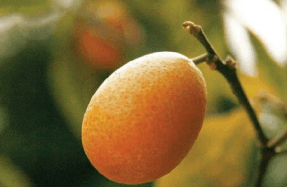Togetherness





In affluent countries, including Australia and New Zealand, society has to a large extent broken down into individual families. This process of atomisation is continuing further, resulting in loneliness and isolation. In Australia, one-person households make up about a quarter of the total and the number is rising quickly. Both Australia and New Zealand have housing that has been classed as “severely unaffordable” and upward price trends are likely to continue.
Living as a group is easier than as an individual, and is also an effective way to shrink one’s ecological footprint. Is the answer to join an intentional community?
Historical communities
The creation of communities based on intentional purpose dates back to at least the 6th century BCE when Pythagoras founded Homakoeion, a vegetarian commune based on intellectualism, mysticism and equality of the sexes. At roughly the same time in India, followers of the Buddha joined together in ashrams to live in a productive, spiritual way.
Closer to the modern day, in the United States and elsewhere, communities experienced a resurgence from the late 18th century onwards, with hundreds appearing during the 19th century. Groups were pulled together by unconventional ideas, beliefs or lifestyles. Examples
You’re reading a preview, subscribe to read more.
Start your free 30 days





